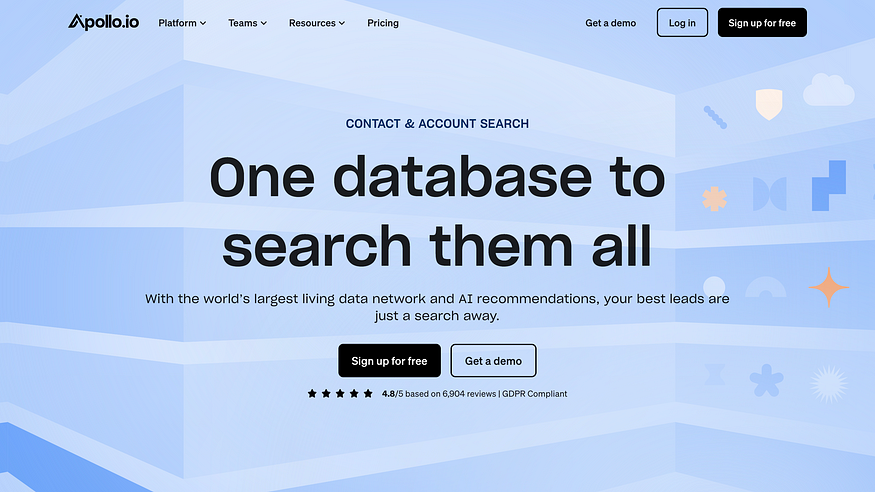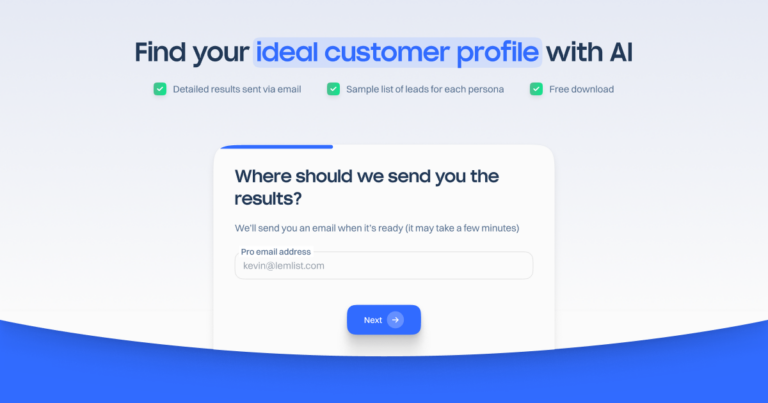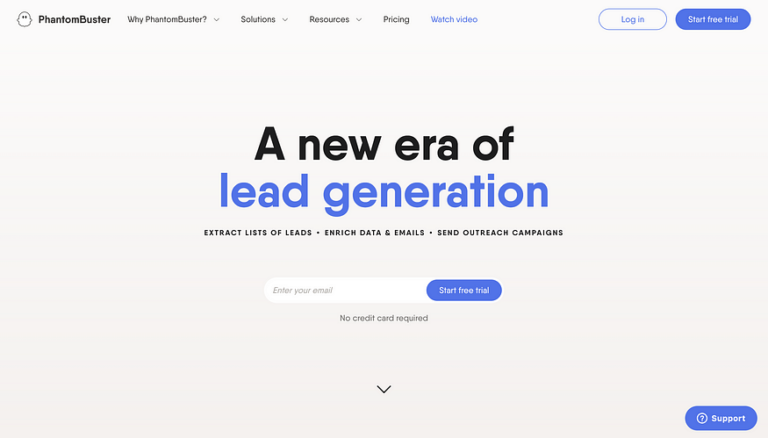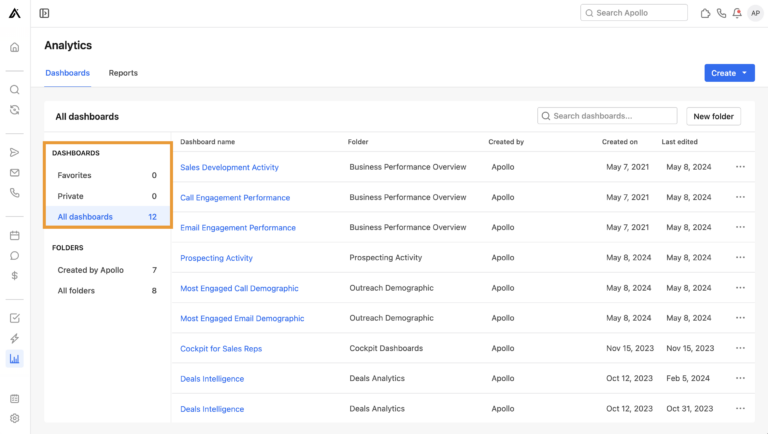How to Use Apollo.io to Get Clients for Your Marketing Agency

Find out how to use Apollo.io to boost your marketing agency. This practical 5-step guide shows you how to effectively target your niche market, create impactful prospecting emails, and convert leads into loyal customers. Learn how to optimize your customer acquisition strategy and automate your growth with Apollo.io.
Ready to transform your sales approach?
Step 1: Find a Niche Market
1. Choose a specific niche
Targeting a niche market allows you to personalize how you market to a specific audience, making your messages more relevant and impactful. For example, if you specialize in digital marketing for restaurants, your target audience would be restaurant owners and managers.
2. Look for common issues in the niche
What are some of the problems businesses in your chosen niche face? Continuing this example, restaurants often have poorly optimized websites, and many do not allow online ordering. This means they are missing out on potential revenue. Troubleshooting is related to knowledge and any email sent via Apollo.io should mention your research. To the prospect, you become competent and capable.
Step 2: Use Apollo.io to find potential prospects
1. Search for it Apollo.io Database
Research potential leads in the niche. Find companies using the search tool and apply filters such as industry, company size, location and relevant job title.
2. Get their contact information
Extract prospects’ contact information: their name, professional email addresses, and LinkedIn profiles.
Step 3: Create an Outreach Funnel
1. Create a funnel in Apollo.io:
Set up a series of emails to contact your future customers. This will automate your outreach process, in which you will continually be in contact with your potential customer.
2. Creation of the first emails:
Write five different versions of your first outreach emails. These emails can be written using a combination of the Apollon AI Writing Tool and your writing. Make sure each email is personalized to the person you’re speaking to and speaks to a common problem they face in their industry.
3. Sending emails:
In the first week, send each email variation to 100 contacts. Track email performance to find out which email has the highest open and response rate. Open rates measure the effectiveness of your subject lines, while response rates measure how well your email content resonates with recipients.
Step 4: Optimize your outreach strategy
1. Analyze Email Performance:
Check the reports after the first week. Identify which emails had the best open and response rates for each variation.
2. Write follow-up emails:
Based on the best-performing email, write three more follow-up emails and consider the subject lines of the emails you sent with the highest open rates. Also write two more emails with two new approaches you haven’t tried.
3. Continue the process:
Follow this cycle for 3 weeks, continuing to tweak your emails based on your numbers. In three weeks, you can configure the entire system in a way that is optimized for responses and engagement.
Step 5: How to turn prospects into customers
1. Book meetings:
Schedule email meetings with your prospects. Make sure to fill your calendar with plenty of meetings to maximize your potential conversion.
2. Conduct research:
Review the prospect’s current marketing strategy, website, and LinkedIn profile before each meeting. Write down specific examples and information that shows you’ve researched their company.
3. Hold the meeting:
Ask questions to uncover obstacles and goals related to their current situation. Apply what you learn during your research to develop a solution that addresses the issues mentioned on the call. Explain to them how you can help them overcome these challenges to achieve their goals.
Review of how to create a proposal
1. Write a research proposal:
Think about your knowledge of the customer’s needs and pain points. Clearly state your solutions and how they will solve the customer’s problems. Methods, deadlines and desired results.
2. Tracking:
Follow up with the client upon submission of proposals for clarification if necessary or information you would like to have. Having a follow-up shows that you care about him and not only is it necessary but it demonstrates your concern for his well-being and commitment.
This way you can consistently use Apollo. To succeed in marketing agencies, use a tool like Apollo.io to find and secure customers. A little extra structure will ensure you have a healthy stock of potential new customers and know the steps you’ll take to turn them into long-term partners.
Apollo.io is your key to effective prospecting and rapid growth of your marketing agency. By applying this 5-step strategy, from defining your niche to converting leads, you will optimize your customer acquisition. Don’t delay any longer: put these techniques into practice and see your customer portfolio flourish. Your success starts now with Apollo.io !





